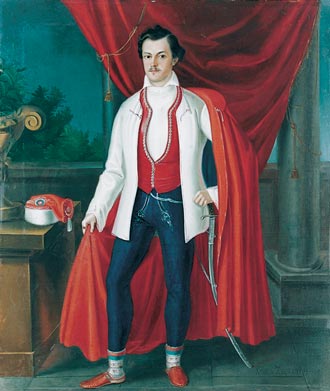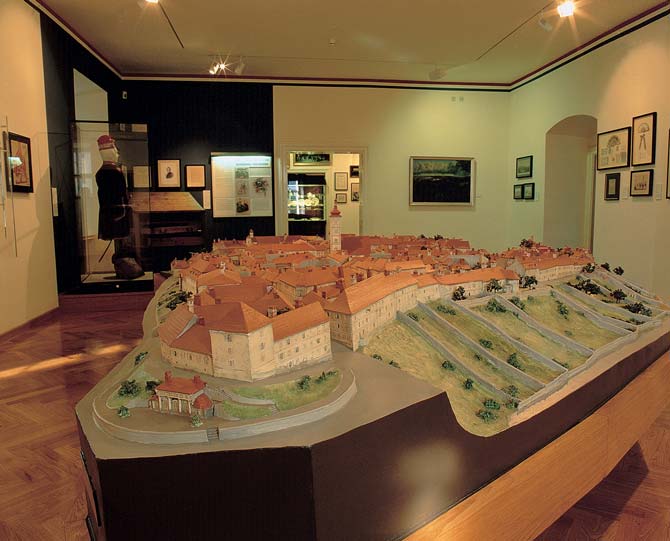Permanent Display 27. The Time of the Croatian National Revival
 At the beginning of the 1830s, Zagreb had become the centre of the Croatian national revival which, started under the name of the Illyrian Movement, carried out a very broad national programme, with many different aims: the establishment of national, central revivalist institutions, and a single and uniform Croatian literary language and its general use in public.
At the beginning of the 1830s, Zagreb had become the centre of the Croatian national revival which, started under the name of the Illyrian Movement, carried out a very broad national programme, with many different aims: the establishment of national, central revivalist institutions, and a single and uniform Croatian literary language and its general use in public.
Over a few years the Illyrians initiated and founded a dozen important cultural, patriotic and economic establishments in Zagreb, with the aim of them becoming permanent focuses for bringing Croatian society up to date. These were Novine Horvatzke and Danicza Ilirska (1835), Matica Ilirska (1842, later to be Matica Hrvatska), the Illyrian Reading Room (1838), the National Museum (1846), the Croatian and Slavonian Economic Society (1841) and the first Croatian Savings Bank (1846).
In 1847, the Croatian Parliament proclaimed Croatian the official language of Croatia.
The first political parties were also formed. There was the Horvatsko vugerska party, that is the party of those who leaned to the Hungarian line, and the National Party, which brought the Illyrians together, and aspired at the political independence of all Croatian lands in the Hungarian part of the Habsburg Monarchy. Wishing to distinguish themselves in dress too from their Hungarophile adversaries, the Illyrians brought in Illyrian clothing, through which they programmatically showed that they belonged to the movement.

The Upper Town of Zagreb provided a home for the Illyrian institutes. The National House was built, the National Theatre, the Shooting Range; the City Hall in Gospodska Street was renovated and expanded. With the destruction of the medieval city gates, new views were opened up. Many citizens’ and noblemen’s houses sprang up, built by the leading Croatian builders Bartol Felbinger, Aleksandar Brdarić and other master craftsmen.
Nada Premerl

